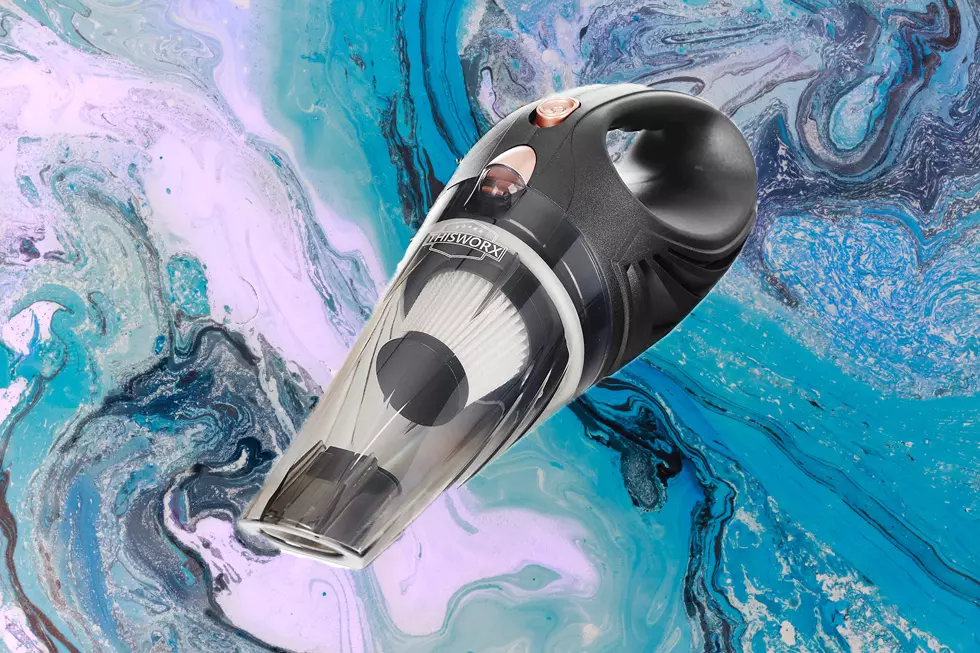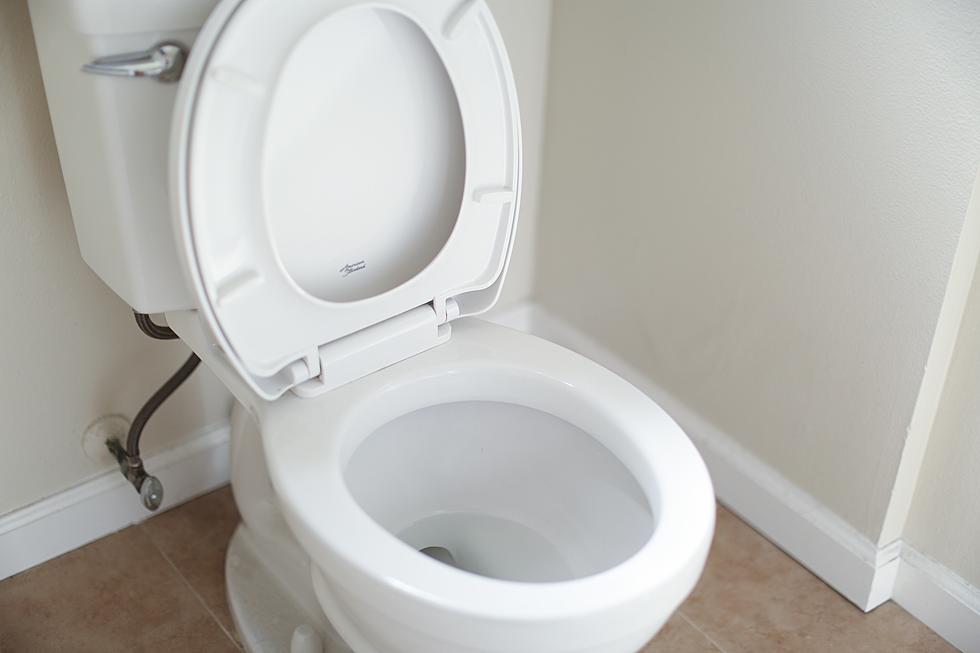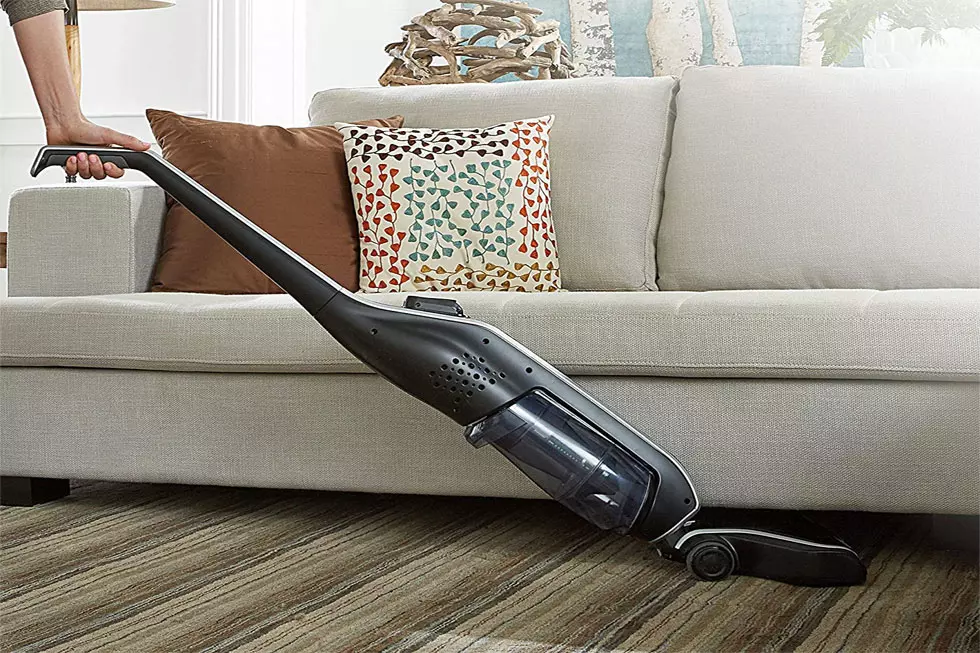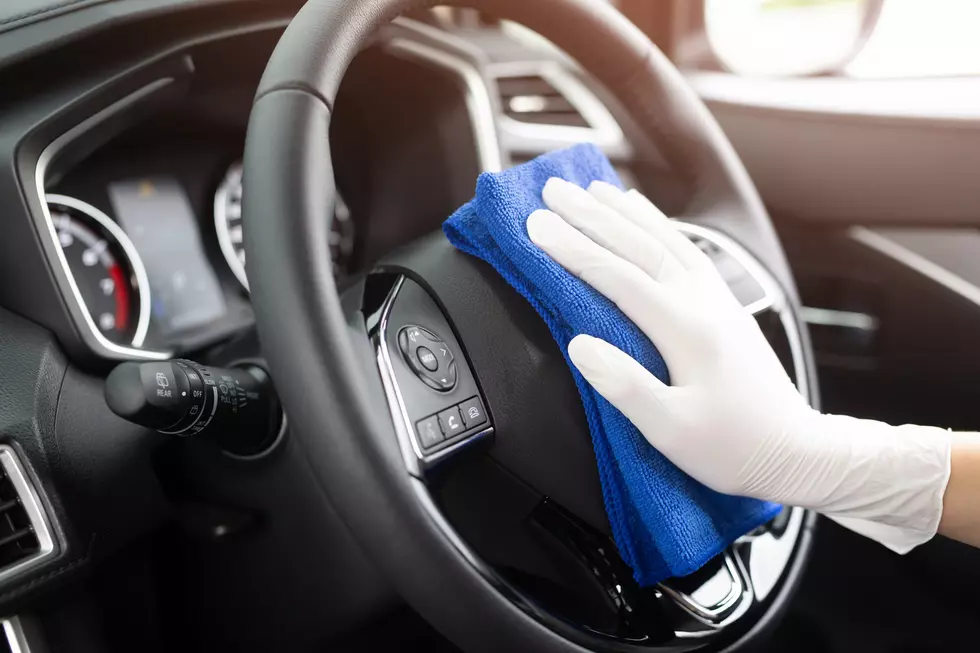
Science Says These Are The Dirtiest Things in Your Home
The coronavirus pandemic has brought out the best and worst in us. If you were a neat freak before, you've probably been disinfecting your spaces like crazy. If you were a little slack in that area, you might have stepped in up a bit during this worldwide health crisis. Honestly, I'm kind of in the middle on this one. But I do love a clean home, and with COVID-19, my family and I have turned into cleaning machines in the last couple of months. You kind of have to nowadays, right?
The folks at BestLife.com have found some scientific evidence from a study done by the University of Colorado at Boulder on the 13 dirtiest items in your house. If you want to stay healthy, especially right now, then you'll want to start cleaning these a little more stringently. The scientific data in depth can be found here. Look if you dare.
- Your computer keyboard. Just look at how many hours a day you are spending typing. (it's about 6.5, actually). There are bound to be germs galore, and despite the fact that keyboards are super hard to clean, it really needs to be done. A lot.
- Kitchen sponge. Just take a look at it after a few uses. A study from Scientific Reports said the average sponge has 362 different bacterial species.
- Your cell phone. One of the absolute dirtiest items in your home. Or Car. Or workplace.
- Bathroom sink. Biological Sciences at Bristol University says this is the most germ infested area in your home.
- Your pillow. According to Amerisleep, 'a one-week-old pillowcase is teeming with an average of 3 million colony-forming units of bacteria per square inch.'
- Kitchen towels. After one month of use, approximately half were carrying some sort of bacteria.
- Toothbrush holders. 27% of these innocuous looking items on your bathroom counter tested positive for Coliform, which has strains of e coli and salmonella
- Kitchen sink. At least 45% that were tested by NSF International also contained Coliform. Ugh.
- Coffee Makers. Almost 100% tested had some form of bacteria in them. 35 to 67 different kinds of bacteria. Let that sink in.
- Your water bottle. According to the Annals of Civil and Environmental Engineering, your average water bottle contains as much as 75,000 bacteria counts per/mL
- Cutting boards. Very difficult to completely clean, especially if you have deep grooves in them from slicing
- Shoes. Some soles tested contained 'C. difficile, a dangerous bacteria strain that can cause intense (and potentially fatal) diarrhea'
- Remote control. One of the germiest items inside the house. Really, are you surprised?
5 Ways to Increase the Value of Your Home
More From 96.5 KVKI









